⚫️ Home Wind Generator is…
⇢ also known as a residential wind turbine or domestic wind turbine, is a device that converts the kinetic energy of the wind into electrical energy for use in a household. It is designed to generate electricity on a smaller scale, typically for residential properties.
🔐 Key components of a home wind generator include:
- Rotor or Blades: capture the wind’s energy and convert it into rotational motion.
- Generator: converts the mechanical energy into electrical energy.
- Tower: supports the wind turbine and raises it to a sufficient height to capture the stronger and more consistent winds available at higher altitudes.
- Control System: monitors the wind speed and direction.
- Inverter: used to convert the DC power into AC power for use in the home.
Features 💣
| ☑️ Compact and Efficient Design: The home wind generator is designed to be compact, making it suitable for residential areas. Its efficient design ensures maximum power generation even in low wind conditions. | ☑️ Easy Installation: It is designed for easy installation, with clear instructions and minimal additional equipment required. It can be mounted on rooftops or poles without the need for extensive structural modifications. |
| ☑️ Variable Blade Pitch: The wind generator features variable blade pitch, allowing it to adjust to different wind speeds. This enhances its performance and increases energy production. | ☑️ Durability and Weather Resistance: Constructed from high-quality materials, the generator is built to withstand various weather conditions, including strong winds, rain, and extreme temperatures. Its durability ensures long-lasting performance and minimal maintenance. |
| ☑️ Quiet Operation: The generator operates quietly, minimizing noise pollution and ensuring a peaceful living environment for homeowners and their neighbors. | ☑️ Grid-Tied Capability: The wind generator can be connected to the electrical grid, allowing homeowners to feed excess electricity back into the grid and potentially earn credits or reduce their utility bills. |
Benefits 🔋
- ✅ Energy Cost Savings: By harnessing the power of wind, the home wind generator generates electricity, reducing reliance on traditional energy sources and lowering electricity bills. Homeowners can save money on energy costs in the long run.
- ✅ Renewable and Environmentally Friendly: Wind energy is a clean and renewable energy source, producing no greenhouse gas emissions or pollutants. By using a wind generator, homeowners contribute to a more sustainable future and reduce their carbon footprint.
- ✅ Energy Independence: The wind generator provides homeowners with the opportunity to generate their own electricity, reducing their dependence on the electrical grid. This offers greater energy independence and resilience, especially during power outages or disruptions.
- ✅ Potential Revenue Generation: In some areas, homeowners can sell excess electricity generated by the wind generator back to the grid. This can create an additional source of income or offset the cost of electricity consumption.
- ✅ Long-Term Investment: Investing in a home wind generator is a long-term investment that can provide returns over many years. The durability and minimal maintenance requirements ensure a reliable energy solution for the home.
- ✅ Contribution to a Greener Future: By choosing a wind generator, homeowners actively contribute to the transition towards a cleaner and greener energy landscape. It promotes sustainable practices and supports the growth of renewable energy technologies.
How does it work? 💡
♻️ A home wind generator converts the kinetic energy from the wind into electrical energy. 🔐 Thanks to our knowledge and experience, we are able to describe this process in a short and clear way:
- 1️⃣ When the wind blows, it causes the rotor blades of the wind turbine to rotate. These blades are designed to capture the energy from the wind.
- 2️⃣ The rotating blades are connected to a shaft, which transfers the rotational energy to a gearbox. The gearbox increases the rotational speed of the blades to a level suitable for electricity generation.
- 3️⃣ The high-speed shaft from the gearbox is connected to a generator. Inside the generator, the rotational motion of the shaft is converted into electrical energy through the principles of electromagnetic induction.
- 4️⃣ The electrical energy produced by the generator is typically in the form of alternating current (AC). It is then sent to an inverter, which converts it into the direct current (DC) used by household appliances or feeds it into the electrical grid.
- 5️⃣ A home wind generator usually includes a control system that monitors the wind speed and direction. It adjusts the orientation of the rotor blades to optimize their efficiency and protect the turbine from excessive wind speeds.
- 6️⃣ The electricity generated by the wind turbine can be used to power various appliances and devices within the home. If the turbine produces more electricity than needed, it can be fed back into the electrical grid, allowing homeowners to receive credits or compensation for the excess power.
💡 Overall, it harnesses the power of the wind to generate clean and renewable electricity for residential use, reducing reliance on traditional energy sources and lowering carbon emissions.
🎥 Hope the video will be helpful for you:
Best Home Wind Turbines | Best Wind Generator Systems
1# Tumo-Int 1000W 3Blades Wind Turbine Generator
Featuring a minimalist and clean design, Tumo-Int is a 24V 3 blade generator kit. The generator is low noise, thanks to its aluminum alloy case, producing a low spectrum of vibrations. The shell is robust and tight, designed to be low maintenance while being utilized continuously. Being a highly efficient construction, Tumo-Int is aerodynamically designed to be able to start at low wind speeds, improving the overall energy utilization, simultaneously increasing the overall annual power production. A great accessory is the direction module, allowing direction adjustment, by operating with a controller. What’s even better is the constant data flow, which allows for identification and repairing errors, if they occur.
2# Automaxx WindMill Home Wind Turbine Generator
A windmill extraordinaire, Automaxx is quite a modern solution. Comes with an integrated automatic braking system, protecting the blades from high wind speeds. The polypropylene build combined with glass fiber materials, and weather-resistant seal makes the wind blades much more durable compared to other competitors. Additionally, an UV protection coating is applied with an integrated automatic system preventing voltage surges and battery overcharging.
3# ECO-WORTHY 1400W Wind Turbine Generator
Looking for a wind power kit? Or maybe solar? Why not both? Eco Worthy is a great hybrid kit covering your solar and wind power needs at the same time. Regarding the wind component – it is a standard 24V – 3 blade wind turbine. It has a working range between -22 °F to 140 °F.
The solar component consists of 10 100W mono solar panels. Together, these components can prove a constant flow of energy capable of powering your fridge, AC, and much more.
4# Nature’s Generator Gold WE System 1800W
An introductory option, extraordinary for starting out with solar and wind power. Nature’s Gold WE system is so simple, that even if you’ve never done it before, you won’t be having any trouble setting it up. The accessories come with a detailed instruction, which is a breeze to follow. The solar panel features three adjustable angles, in order to take full advantage of the sunlight. Another benefit of this generator is that you’ll be having power backup regardless of the time of the year. Essentially, you’re covering both solar and wind with Nature’s Gold WE package.
5# Pikasola Wind Turbine Generator 400W 12V
Pikasola is the standard generator featuring 12V 3 blade wind turbines. Excelling at high wind energy utilization and low vibration turbine, coupled with lightweight, waterproof, and corrosion-resistant blades, this station is highly efficient and productive. The fan is powered by an additional intelligent microprocessor, that adjusts current and voltage, while the generator sports an integrated voltage regulator – controlling the activity and shutting the system down when the battery is fully charged. Concerning build quality, the turbine is made from high-quality aluminum and stainless steel, unifying a lightweight and compact build. All in all, Pikasola is an amazing solution for anyone looking for supplemental power.
6# YaeMarine Wind Turbine Generator, Windmill Generator
YaeMarine offers a wind solution that features a 24V Wind Turbine and 5 Blades. A solid build is made possible thanks to the use of nylon fibers. You can start with a low start-up speed while maintaining lightweight properties. The device is equipped with a built-in regulator module that regulates current and voltage. With its UV and corrosion resistance, the blade is convenient to maintain. If you want a renewable energy supplement that’s perfect for both home and outdoor use, YaeMarine is a perfect solution. It can be used for gazebos, cabins, and mobile homes.
7# Dyna-Living Wind Turbine Generator 400W DC 12V
A great wind turbine starring 12V and three blades. A superior characteristic that this turbine has – is its blade quality. Having a copper inlay means that this turbine is great for enduring natural damage and causing the rotor to run smoothly, reliably, and quietly. Since the copper inlay doesn’t damage. The nylon fiber material, making the turbine extremely durable and flexible. This means that the rotor can run smoothly from – 40 °F to 176 °C. The heat resistance is exceptional due to the material – Teflon wire – resistant to high temperatures – guaranteeing efficiency and the high wind energy utilization factor. The implication is increased overall power generation. The turbine is excellent for charging batteries for cabins, mobile homes, or in everyday scenarios – covering home or industrial energy demands.
8# Ejoyous Wind Generator, 500W 12V
Enjoyus is an innovative generator supply turbine, featuring a 5-blade system. The innovation begins with the ability to automatically adjust in accordance with the wind direction, and temperature range from-40 °F to 176 °F. Each blade being 23,8 inches long, ensures high power generation. This combined with the high-quality motors and nylon fiber blade construction, Enjoyus provides durability, while securing corrosion and oxidation resistance. The system is a perfect fit for businesses, industrial and home energy supplementation, or power generation for parks or even street lighting.
9# SHZOND 1200W Wind Generator Hybrid Wind Turbine Generator
A wind generator aimed at leisure -capable of charging boats, gazebos, and mobile homes. What is special about this generator is its capability of using the least air movement to provide reliable supply even during storms. This generator is hybrid, covering both solar and wind energy. Its compact, aerodynamic blades – are optimized to have a strong charge even during low wind speeds. Moreover, the 5 blades have an uncomplicated design, yet with elegance in mind – featuring low vibration and high wind power efficiency. Built out of reinforced glass fiber, they are quite durable, proving to be an ideal long-term investment.
10# MotorFansClub Wind Turbine Generator
MotorFansClub Wind Turbine Generator is a resilient generator available in two varieties – 12V and 24V. This model is unique, concerning the shape of the wind wings. They assume a semi-ellipsoidal shape, packaging the whole turbine into a small and efficient design. The turbine is additionally powered by a high-power tracking microprocessor, ensuring automatic, precise voltage and current adjustments.
The shell is made out of aluminum alloy diecasting, while the leaf is made out of nylon fiber. This is an exceptional combination for the lightweight wind turbine generator to operate at low wind speeds with utmost efficiency.
11# Starter Wind Turbine Generator
A unique design aimed at DIY consumers, Pacific Sky is a great choice if you need to supplement the power of your home, RV, remote cabin, or simply when you’re out camping. The dual blade system stars 15-inch-long high-performance blades. Pacific Sky is an excellent choice for beginners due to its user-friendly design, maintaining safety and effectiveness. The wind turbine is flexible and aimed at creative solutions – it has been used on vehicles, bicycles, boats, kinetic wind sculptures, and more common use scenarios such as homes, boats, cabins, etc.
How to Choose the Right Option? 🤷🏽♂️
🔐 Based on our experience, here are some key points to help you make an informed decision:
- ➡️ Determine your energy needs: Start by assessing your average energy consumption. Calculate the amount of electricity you need to generate from wind power. This will help you determine the size and capacity of the wind generator you require.
- ➡️ Local wind conditions: Evaluate the wind resources in your area. You can consult wind resource maps or contact local meteorological agencies to understand the average wind speeds and patterns. A wind speed of at least 5-6 meters per second (18-21 kilometers per hour) is generally considered the minimum for effective wind power generation.
- ➡️ Available space: Consider the space available for installing the wind generator. Larger turbines require more space, both for the turbine itself and for safe clearance around it. Ensure that you have sufficient land or a suitable location for mounting the turbine.
- ➡️ Turbine type and size: There are different types of wind turbines available, such as horizontal-axis and vertical-axis turbines. Horizontal-axis turbines are more common and efficient for residential use. The turbine size will depend on your energy needs and wind conditions. Larger turbines generate more electricity but also require stronger wind speeds.
- ➡️ Noise considerations: Wind turbines can produce some noise during operation. If you have neighbors nearby, consider the noise level of the chosen wind generator. Some manufacturers provide information about the noise levels in their product specifications.
- ➡️ Local regulations and permits: Check with your local authorities regarding any regulations, permits, or zoning requirements for installing a wind generator. Some areas may have restrictions on the height or size of turbines, especially in residential neighborhoods.
- ➡️ Cost and budget: Consider the upfront cost, installation expenses, and maintenance requirements of the wind generator. Compare different models and manufacturers to find the best balance between cost and quality. Additionally, factor in the potential savings on your electricity bills over the long term.
- ➡️ Warranty and support: Look for reputable manufacturers that provide a warranty and reliable customer support. A wind generator is a long-term investment, and it’s important to have access to assistance in case of any issues or maintenance needs.
🔔 By considering these factors and conducting thorough research, you’ll be better equipped to choose a home wind generator that suits your energy needs and environmental conditions.
🎥 Watch the video to learn more:
FAQ 🤔
Conclusion ⏰
When it comes to finding the best home wind generator for your needs, there are many factors you need to consider. In this guide, we’ve gone through some common questions about this option so that you have all the information necessary when making a purchase decision. We hope our reviews and tips provide valuable insight into what makes an ideal wind generator setup for your specific situation – whether that means looking at energy efficiency or budgeting properly. With careful consideration of all aspects involved, you’ll be able to make an informed choice on the perfect option for your unique energy needs! 🤠
Tags: vertical wind turbine for home use, home wind turbine system, wind turbine to power home, small home wind turbine, wind turbine for home, home wind generator, wind power generator for home use, best home wind generator kit, top-rated wind power generator for home
#home, #turbine, #wind, #generator, #best, #vertical, #cost, #small, #review, #system, #power, #price, #energy, #sale, #cheap

My life has taken me through different complications and exciting moments, so what I’ve learned is to always be ready to fight. My father is professional military personnel and he made me familiar with various weapons since my childhood. My first one was a bow, and then I started to have a fancy for this unbelievable world of firearms. My main specialization allows me to share my thoughts about different devices, guns, and gun details with the English-speaking community. In my articles, I talk about pistols, rifles, knives, shotguns, and many other tactical and survival things.
Read more about our team of expert authors.
Affiliate Disclosure: Rotorm.com sometimes gets paid for listings, through sponsors or affiliate programs like Amazon, Optics Planet, Lucky Gunner, Brownells, Cabelas, Rainier Arms, 5.11 Tactical, Bass Pro Shop, etс. Clicking a link helps keep Rotorm.com free, at no extra cost to you!
About the author: Each article on our site is written by experts in survival and tactical equipment, gun enthusiasts, extreme travelers, military, law enforcement and desperate professionals, read about the author at the bottom of the article or visit "About Us" page.
Note: The views and opinions expressed in this article are those of the authors and do not necessarily reflect the official policy or position of any agency.

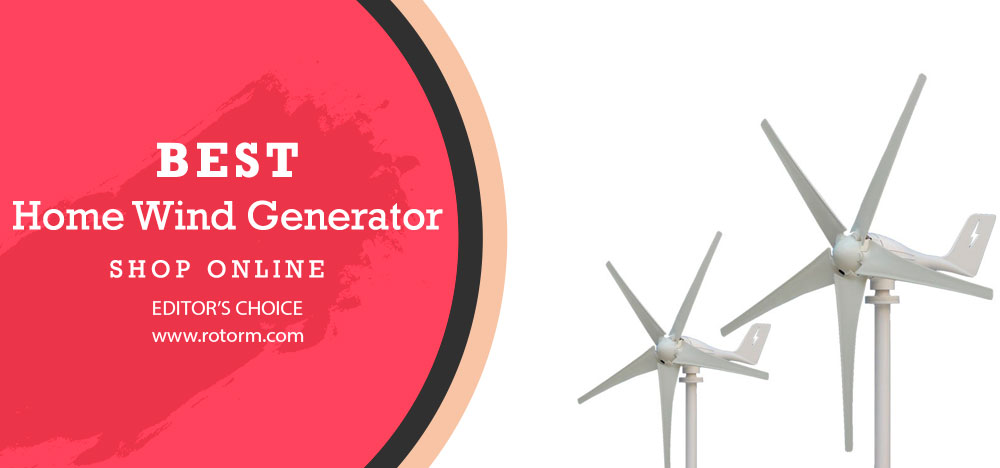
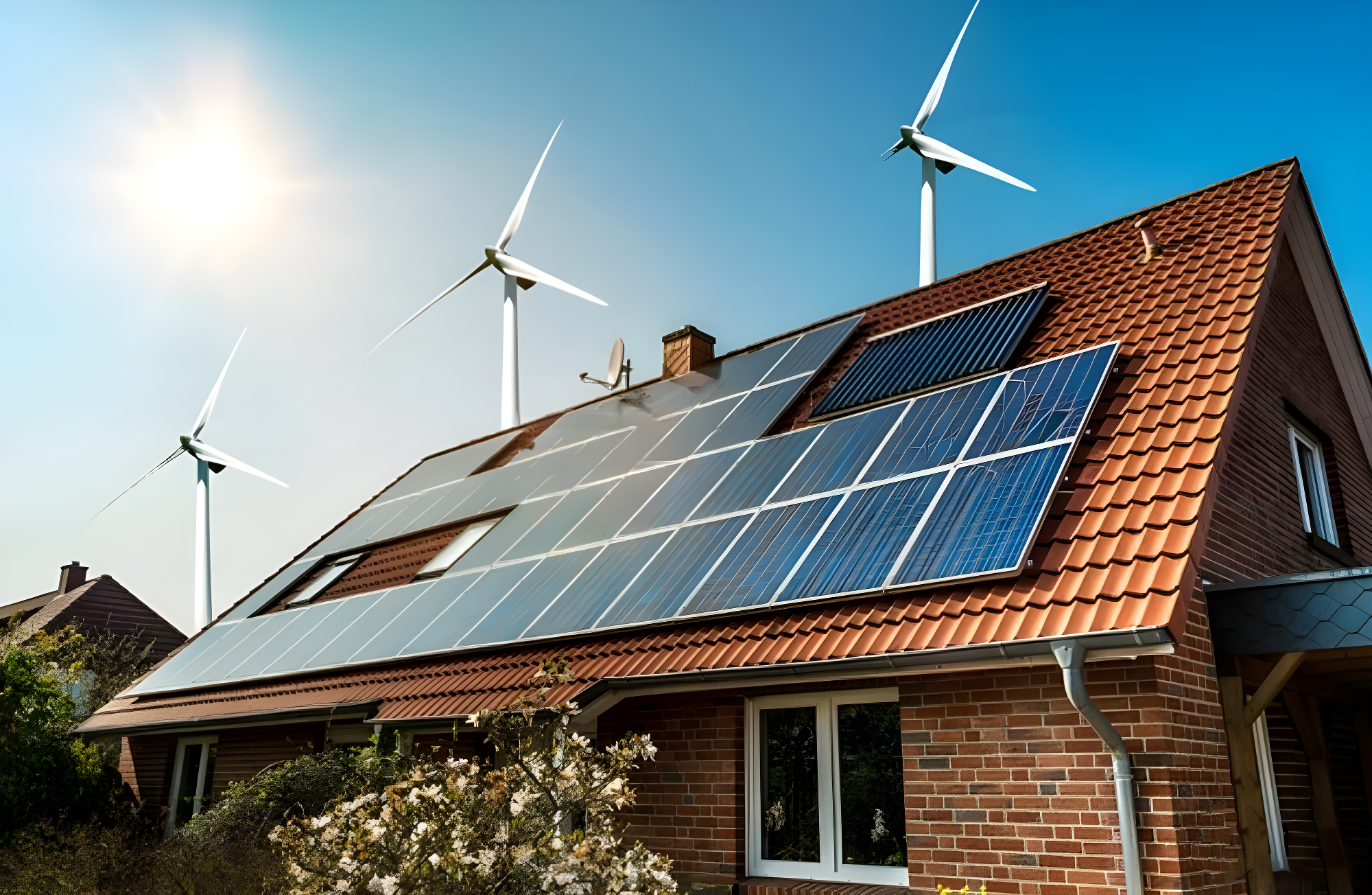
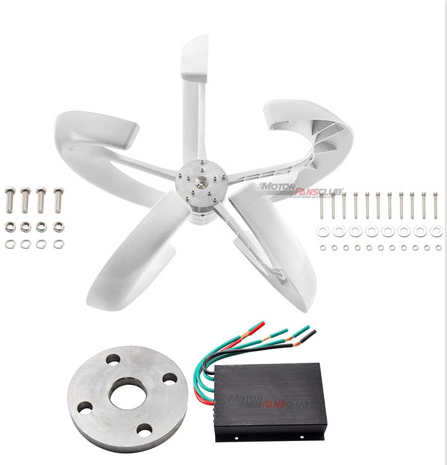
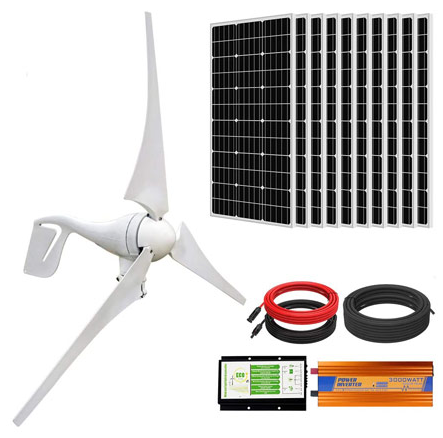
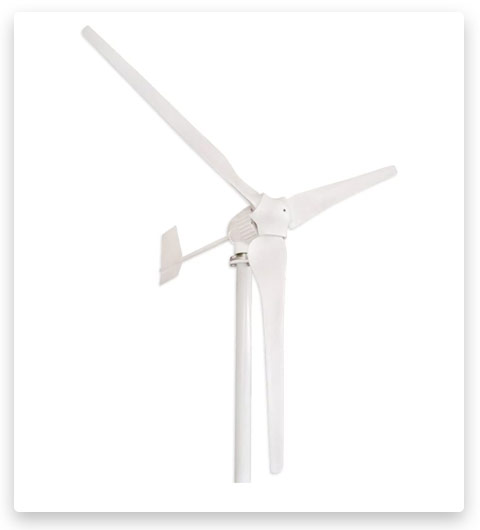

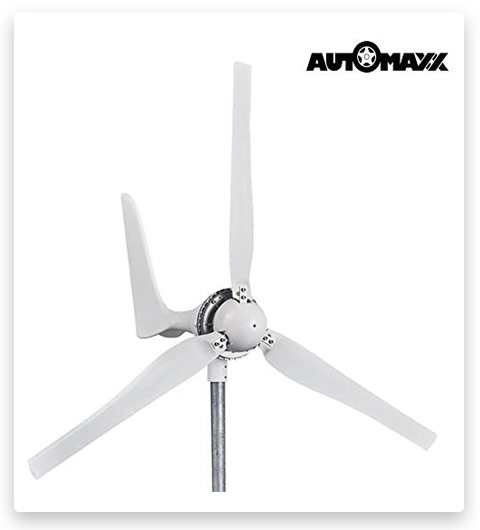
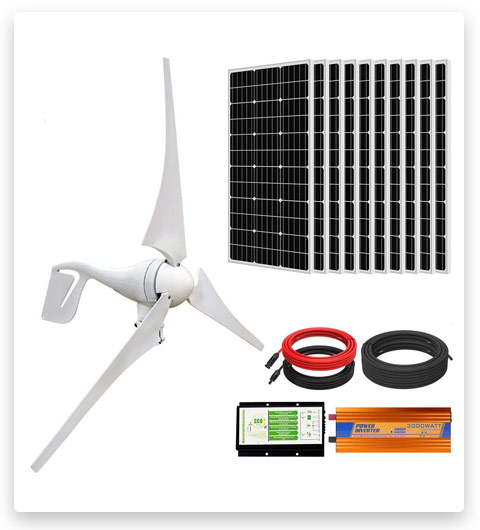
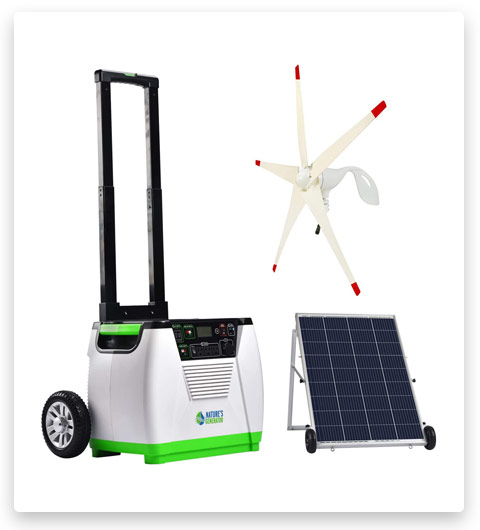
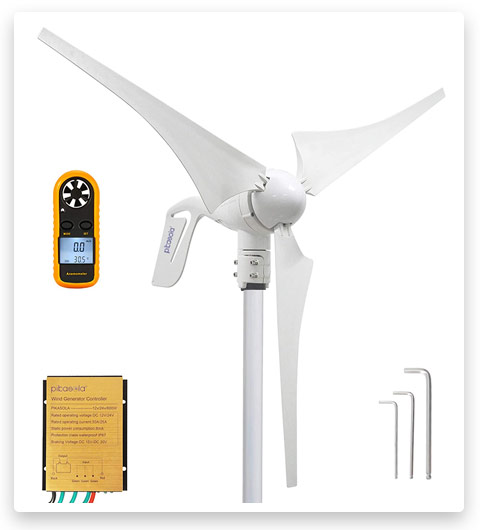
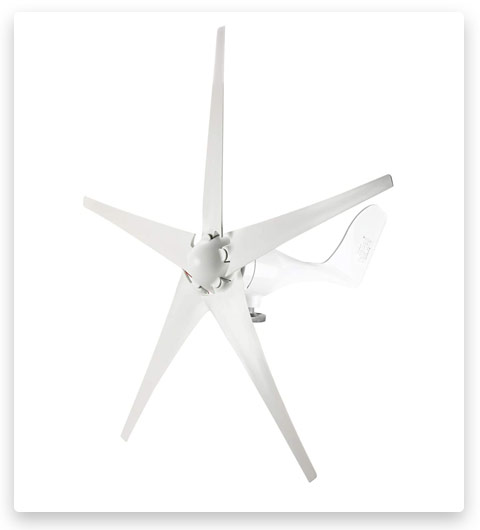
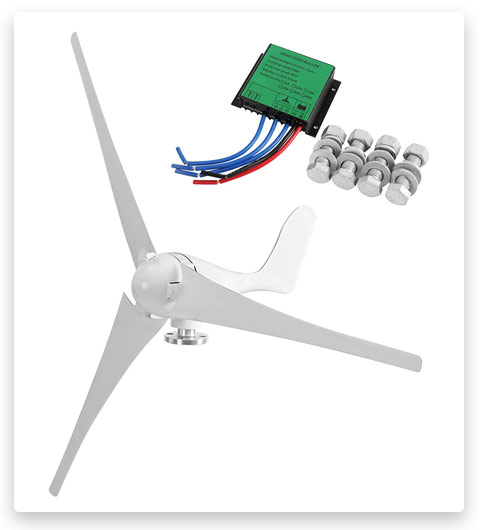
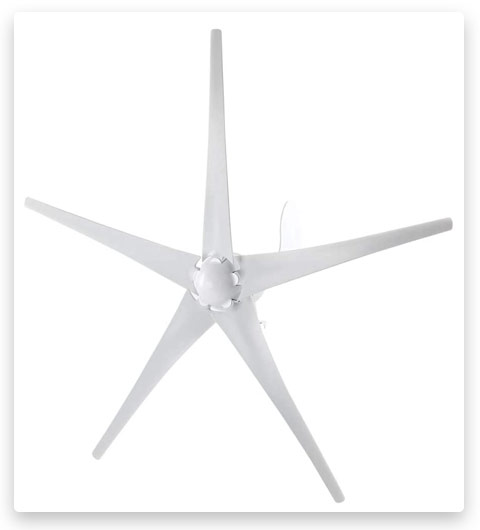
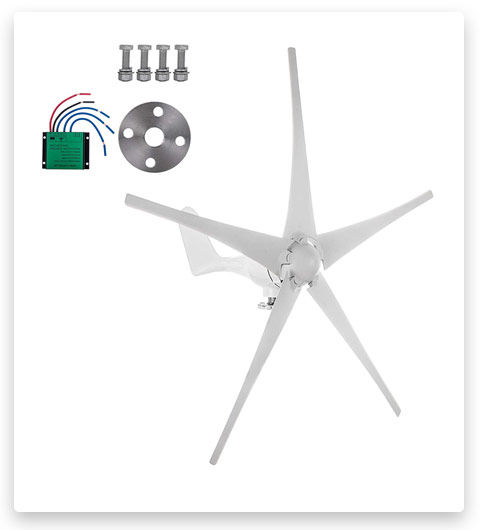
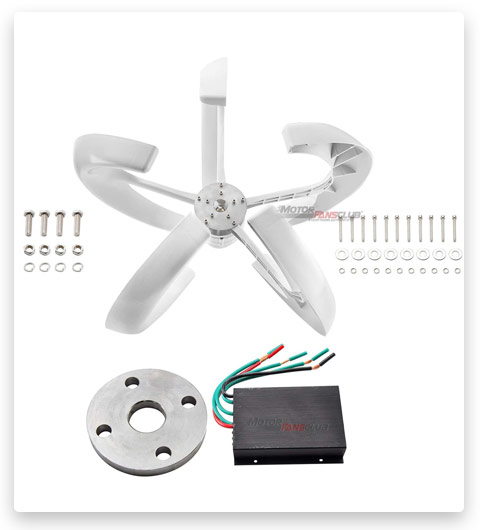
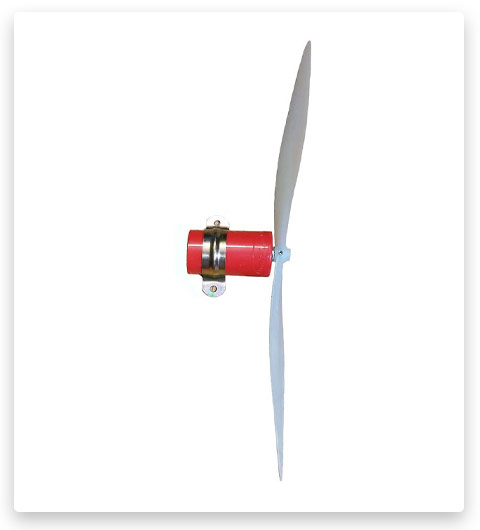


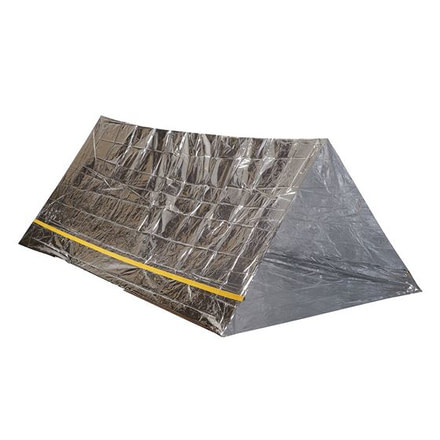
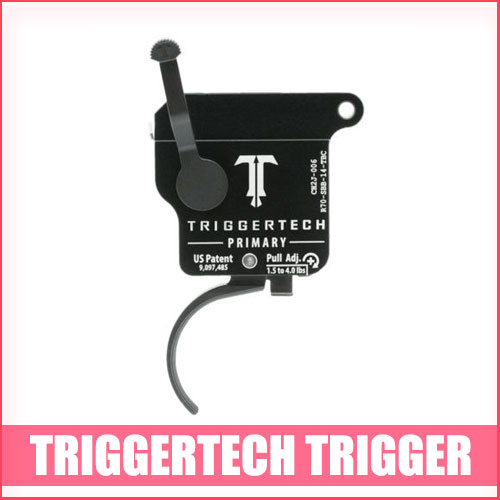
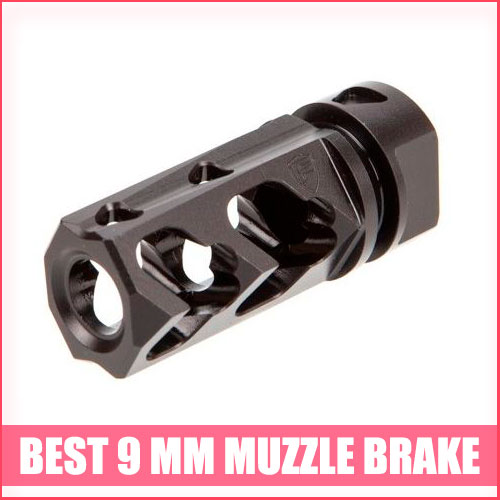
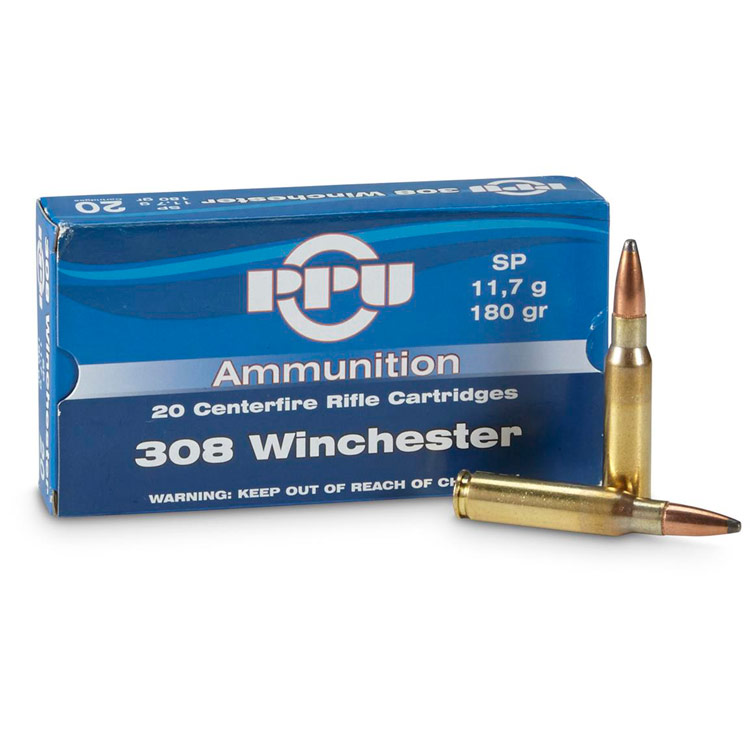


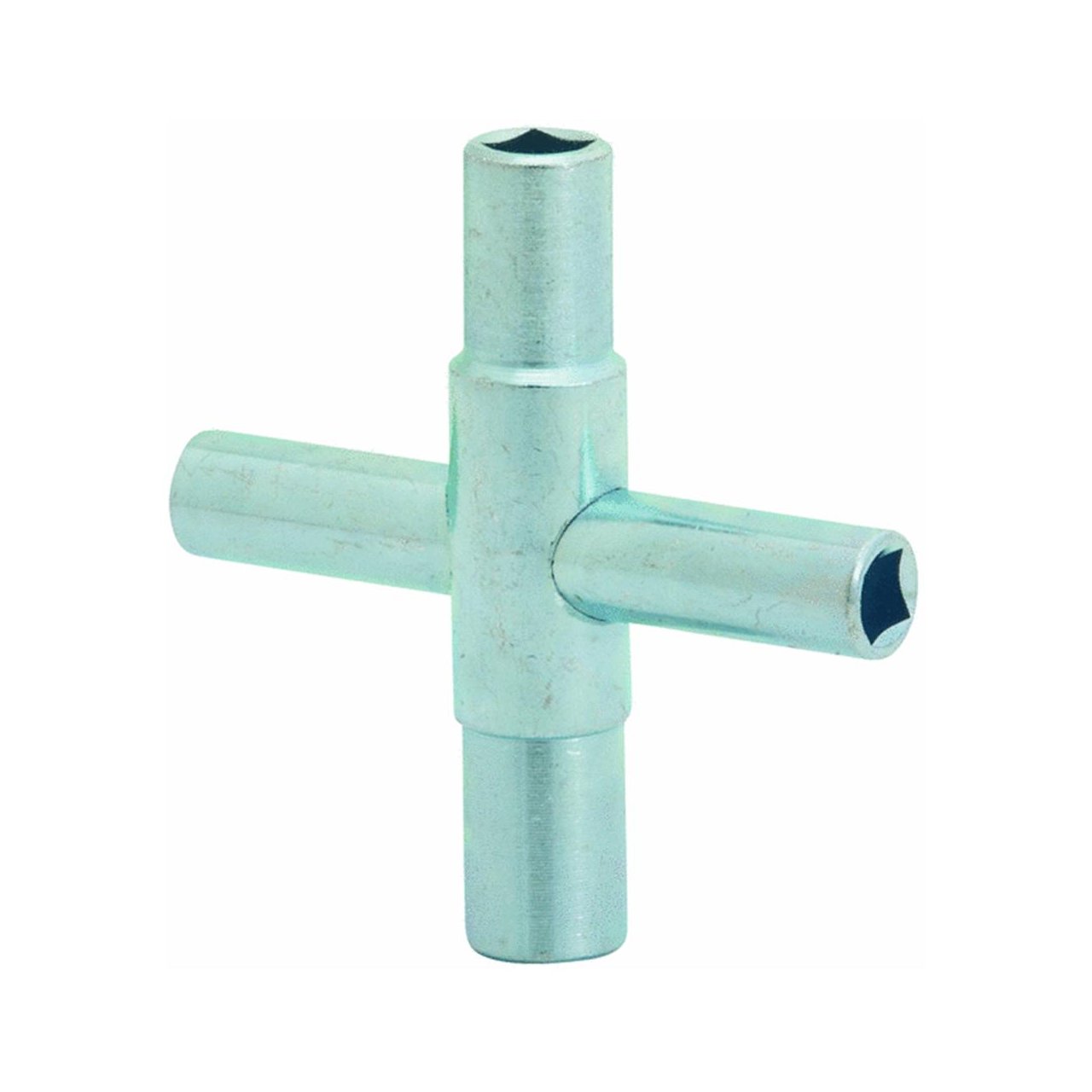

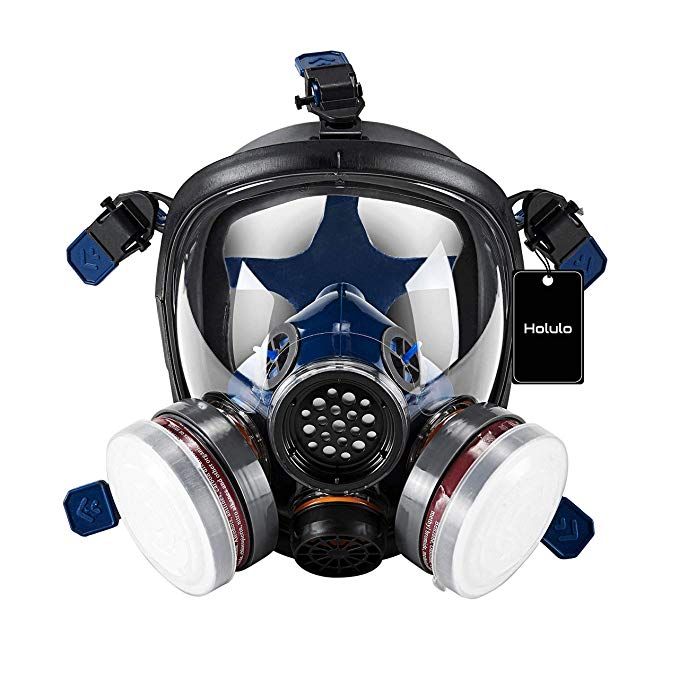
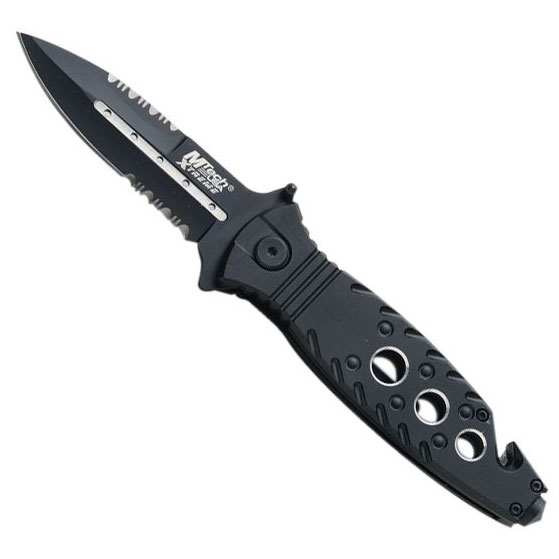
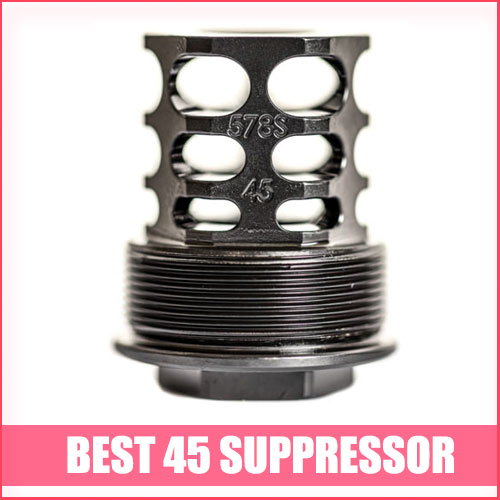


I recently made the decision to expand my solar farm by adding a Pikasola wind turbine. This is actually my second turbine from the brand, and I must say it has been working exceptionally well. One of the features I appreciate is the wind speed meter, which allows me to assess the turbine’s output based on the current wind speed.
Assembling the turbine can be a bit perplexing since it comes in multiple pieces. However, the manufacturer has made a commendable effort to address this issue by providing detailed instructions. I admit that I usually only refer to the instructions when I encounter problems or get stuck during the assembly process.
Overall, I would highly recommend this turbine to anyone seeking to supplement their power supply. It has proven to be a valuable addition to my renewable energy setup.
The Starter Generator listed here proves to be an excellent resource for my green energy lesson! Its user-friendly interface makes it incredibly easy to utilize.
Are there any specific permits or regulations that need to be considered when installing a home wind generator?
📢 The specific permits and regulations for installing a home wind generator can vary depending on your location, as regulations are often established at the local or regional level. However, we can provide you with some general considerations that are commonly associated with installing a home wind generator. Here are some aspects to consider:
➡️ Zoning and land use regulations: Check your local zoning regulations to ensure that installing a wind generator is permitted on your property. Some areas may have restrictions on the height of structures or specific setback requirements.
➡️ Building permits: In many jurisdictions, you may need to obtain a building permit before installing a wind generator. The permit process typically involves submitting plans and specifications, including information about the wind turbine’s height, design, and electrical connections.
➡️ Electrical permits and inspections: Depending on the electrical codes in your area, you may need to obtain an electrical permit and have the wind generator’s electrical system inspected by a qualified electrician. This ensures compliance with safety standards and grid interconnection requirements.
➡️ Environmental impact assessment: In certain regions, an environmental impact assessment may be necessary, especially if you live in an ecologically sensitive area or near protected wildlife habitats. This assessment evaluates the potential impact of the wind generator on the environment.
➡️ Noise regulations: Local regulations might include limits on the noise generated by wind generators. Ensure that your proposed wind generator complies with any applicable noise restrictions to minimize disturbance to neighboring properties.
🔔 Remember, these points are general guidelines, and the specific regulations and permits can vary significantly depending on your location. Contact your local authorities or consult with a professional installer experienced in wind energy systems to obtain accurate and detailed information for your specific situation.
Pikasola Turbine is the third wind turbine installed at our location. We had two Air X turbines previously, but they failed to withstand our strong winds and were excessively noisy. Our area experiences steady winds of up to 30 mph and occasional gusts reaching 100 mph. To protect the turbine during extreme conditions, we have equipped it with a 40-amp break switch and attached a rope at the back to “lock” it out of the wind’s path. Thanks to these measures, the turbine operates quietly, and even during today’s gusts of 50 mph, I cannot hear any noise from inside my house.
My husband recently suffered a stroke, resulting in the loss of mobility on his left side. He spends most of his time in an electric recliner, which became a problem when we experienced a power outage. It was quite a challenge to free him from the recliner with the footrest raised. This incident made me anxious about future power outages, especially since our utility provider, PGE, has indicated they may cut off power unpredictably.
In my concern, I confided in my son, and he came across a solution for us: the Nature’s Generator 1800W. We acquired the generator and promptly connected it to the recliner. Miraculously, it worked! This means we can continue cooking and stay warm even during power outages. It’s truly wonderful! The wind power feature of the generator is particularly promising since it will come in handy during foggy or cloudy days. Setting up everything will take some time, but at least we now have a functioning generator!
Is it possible to mount a Home Wind Generator on a standard utility pole? Can it be installed at a height of approximately 60 feet?
✅ Yes, it is possible to mount it on a standard utility pole. The exact feasibility may depend on the specific design and weight of the generator, as well as the structural integrity and load-bearing capacity of the utility pole. However, in general, utility poles are commonly used as mounting structures for small-scale wind turbines.
🔔 As for the height of installation, it is typically feasible to mount a wind generator at a height of approximately 60 feet. This height allows for better exposure to wind currents, minimizing obstructions and maximizing the potential energy generation. 🛑 However, it’s important to consider local regulations, zoning restrictions, and safety guidelines that may impact the maximum allowable height for wind generator installations in your specific area.
I was thoroughly impressed with the impeccable construction and exceptional quality of the Tumo wind generator. The comprehensive package, including the powerful 1000W generator head, reliable MPPT controller, and efficient load device, surpassed all my expectations. One aspect that truly stood out to me was the robust bearings that provide sturdy support to both the propeller shaft and the generator head. It is evident that this unit has been built to withstand the test of time, and I am confident that it will faithfully serve me for many years to come.